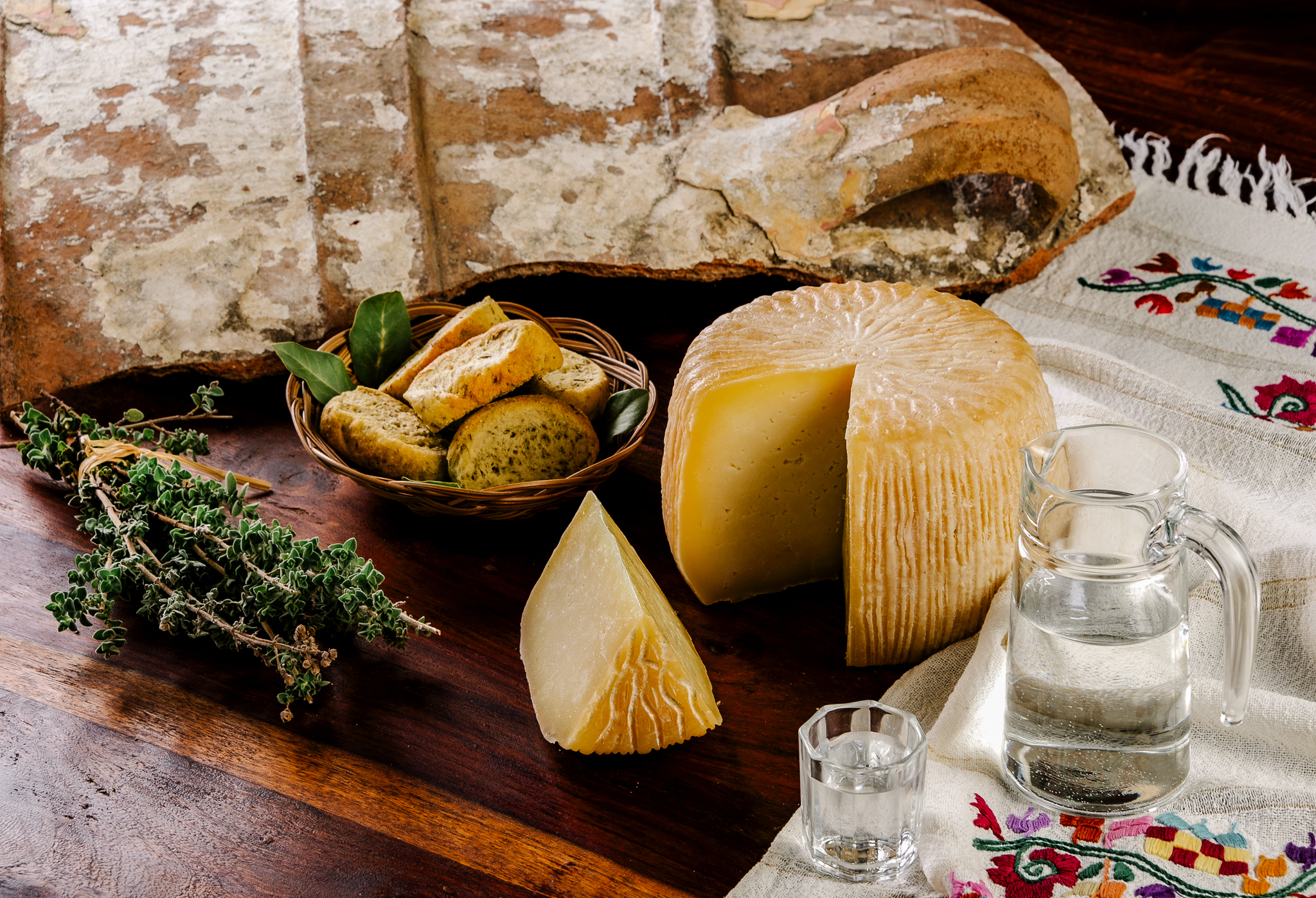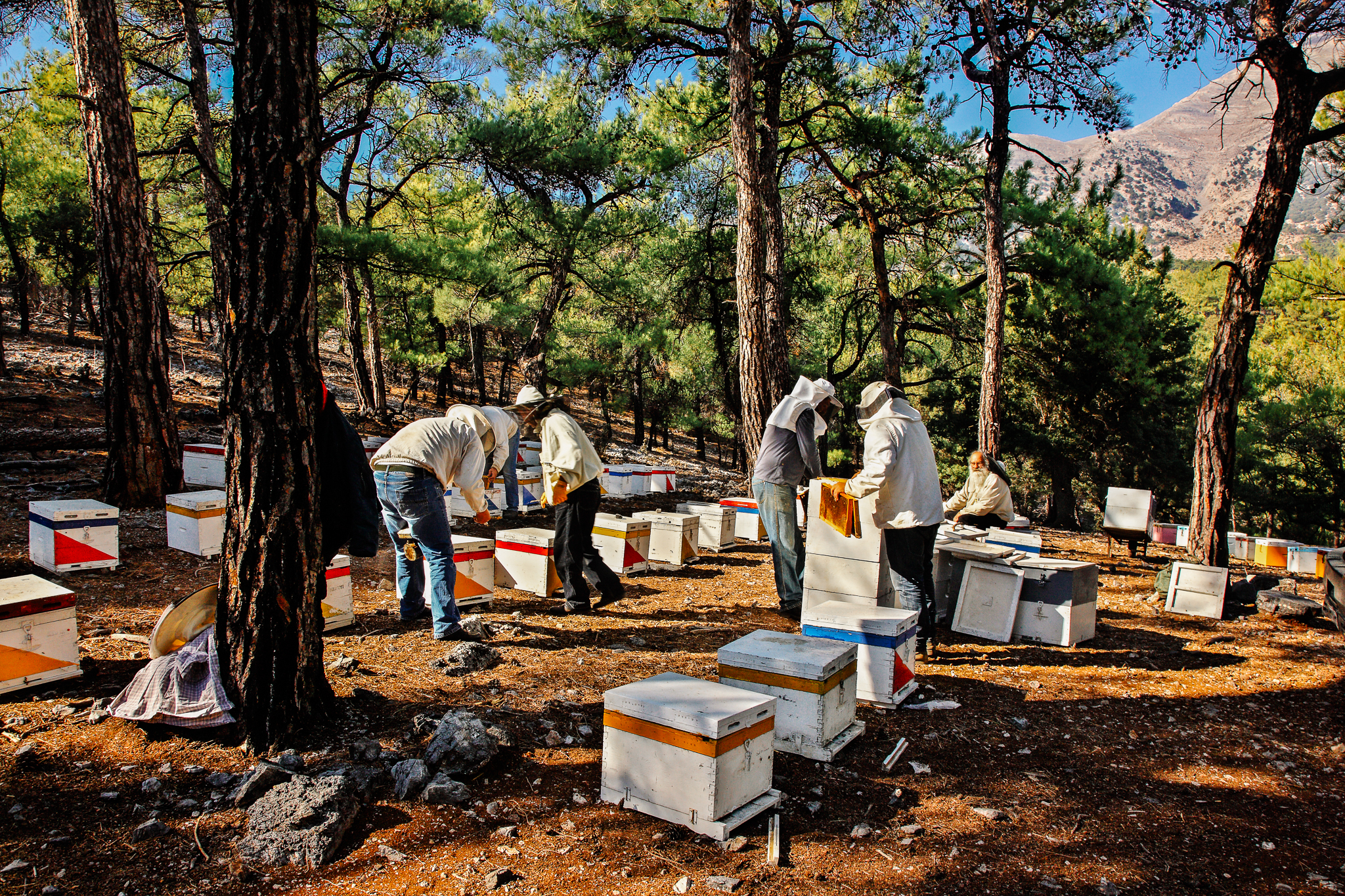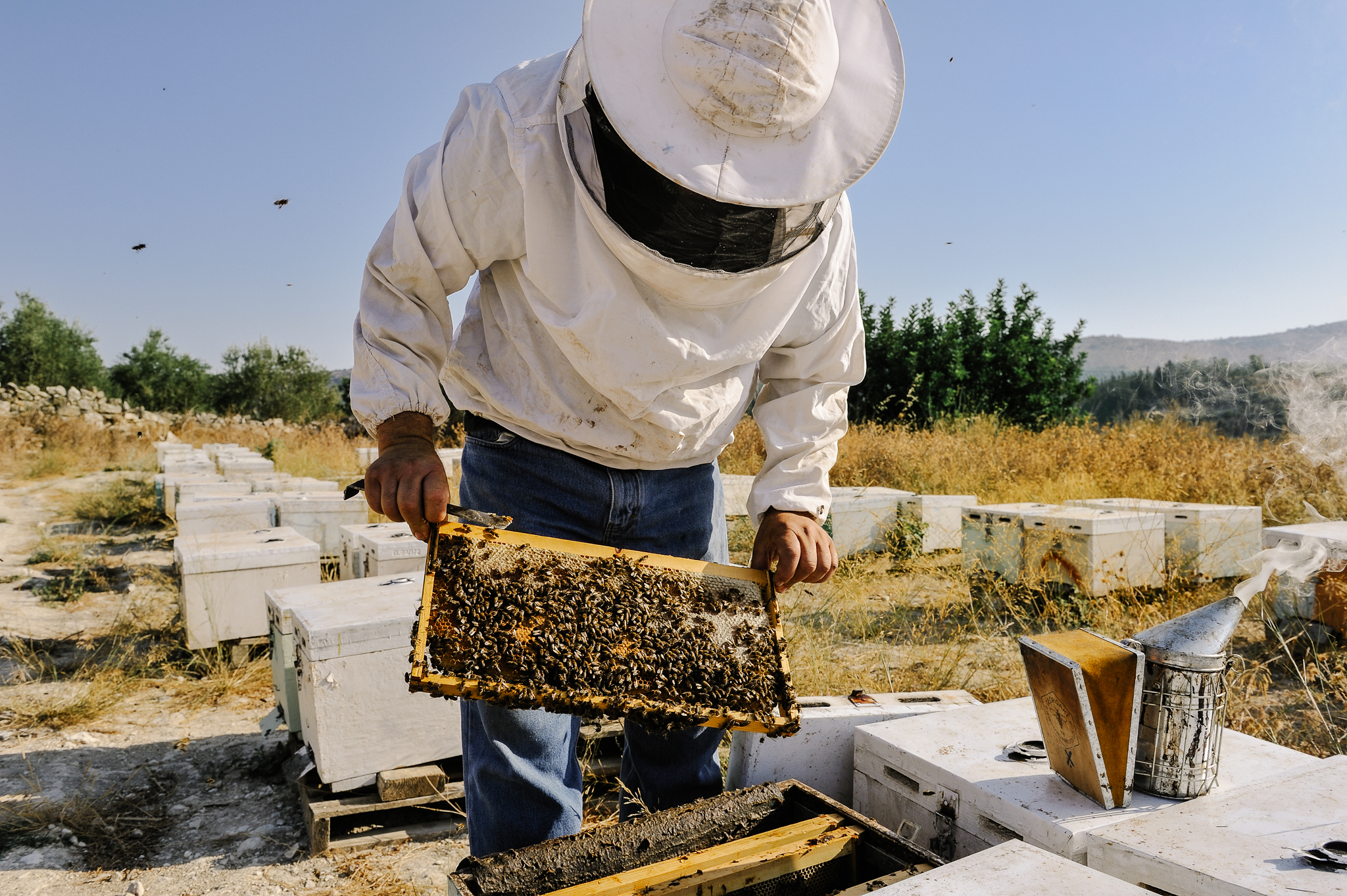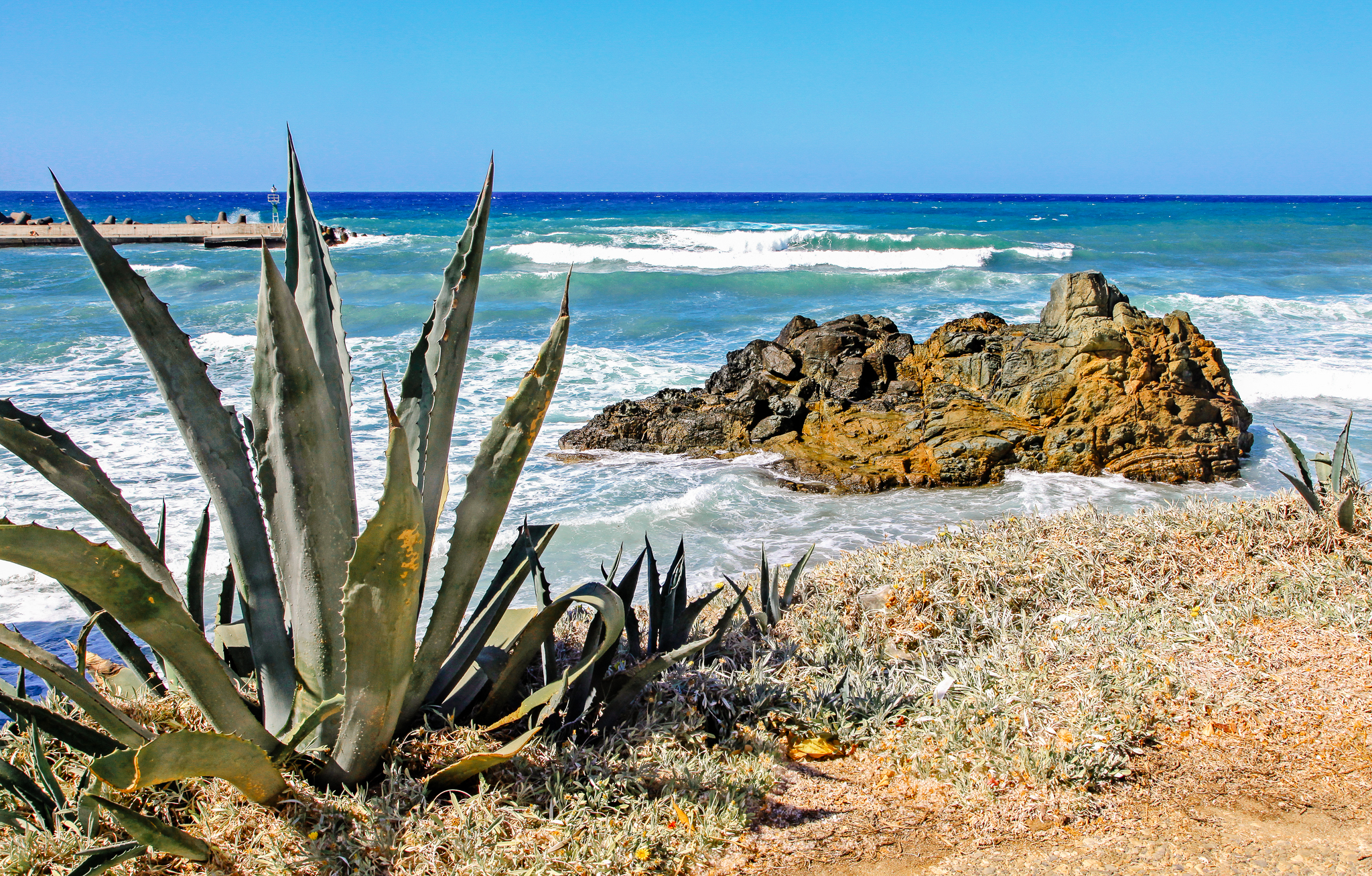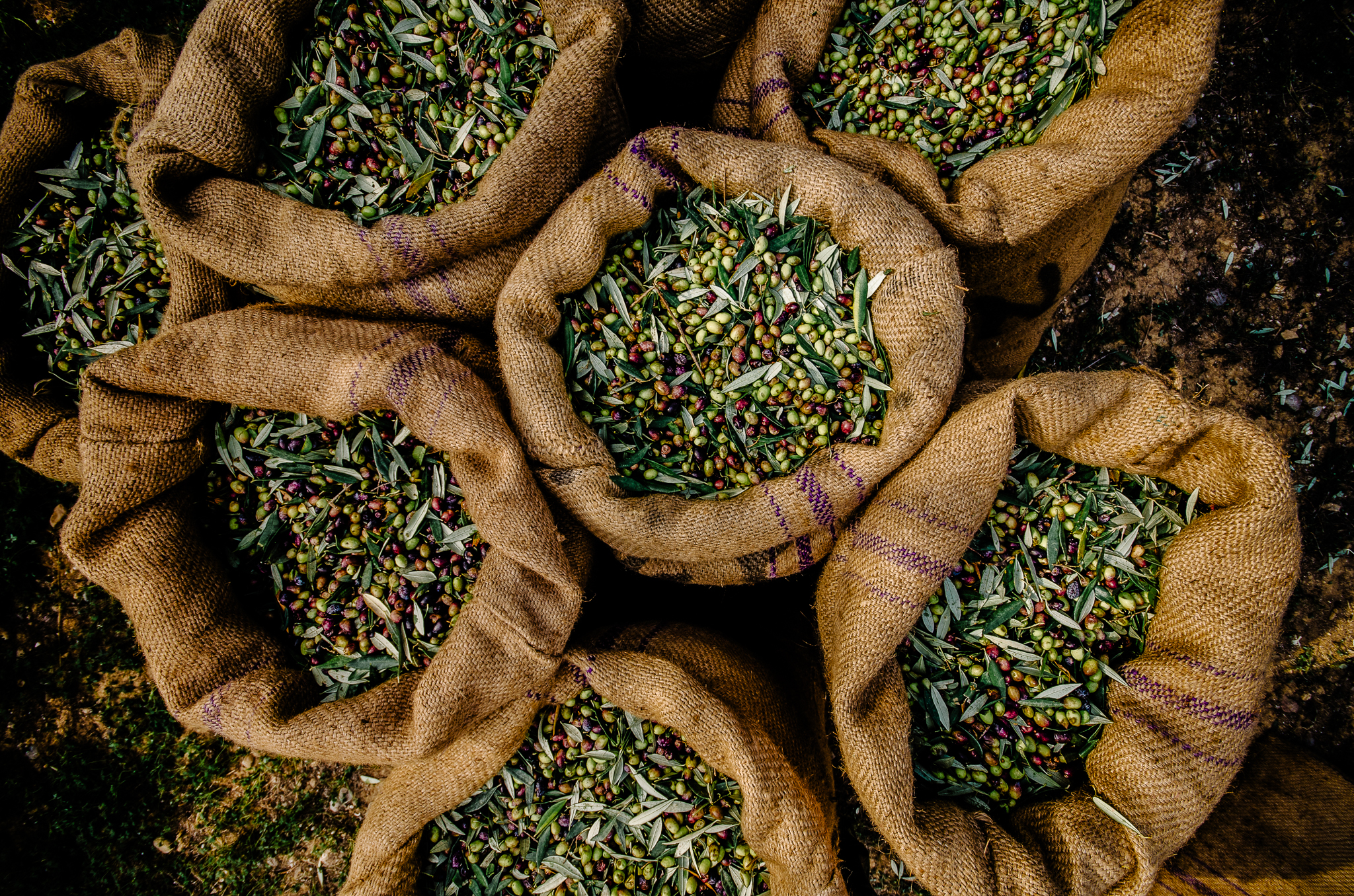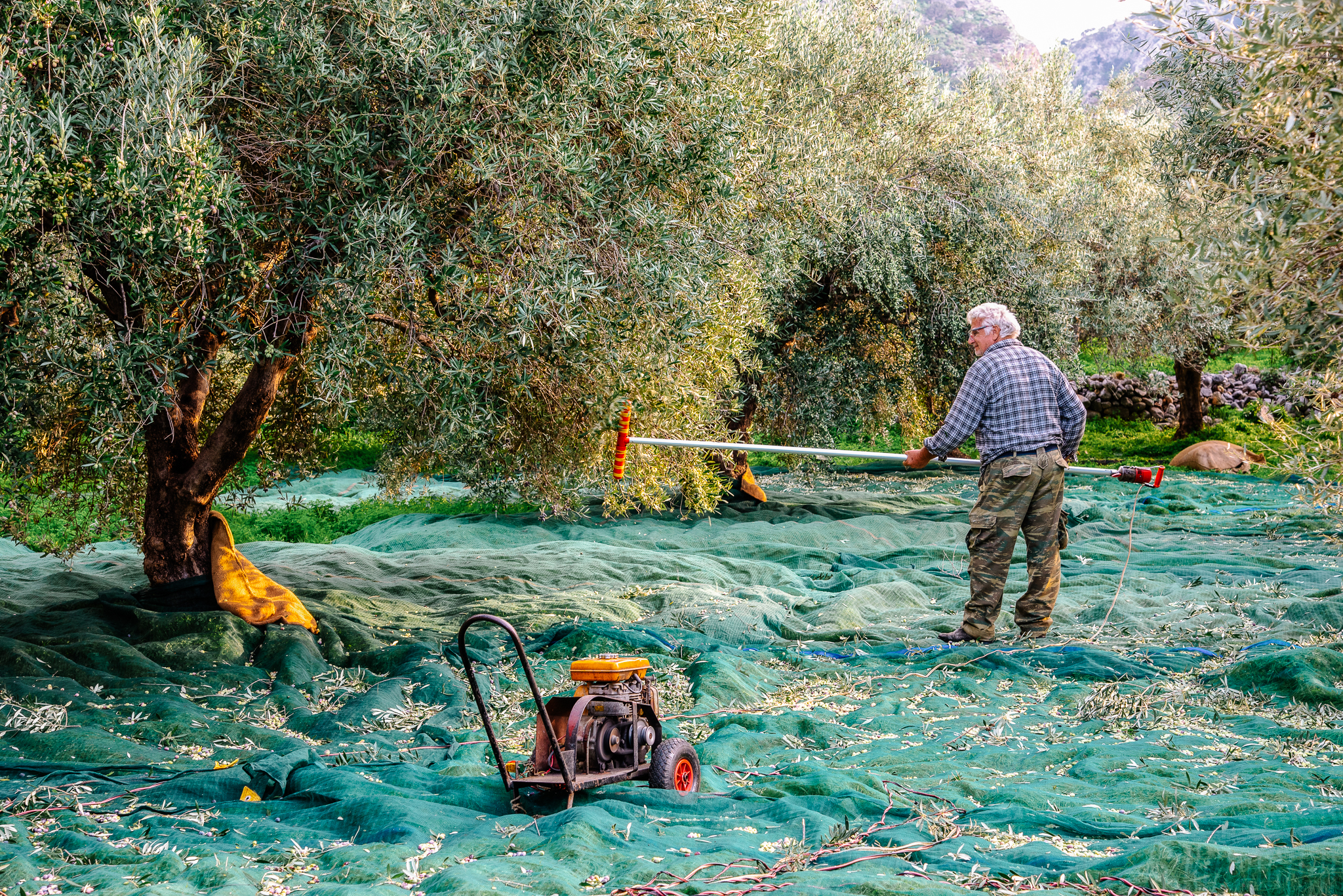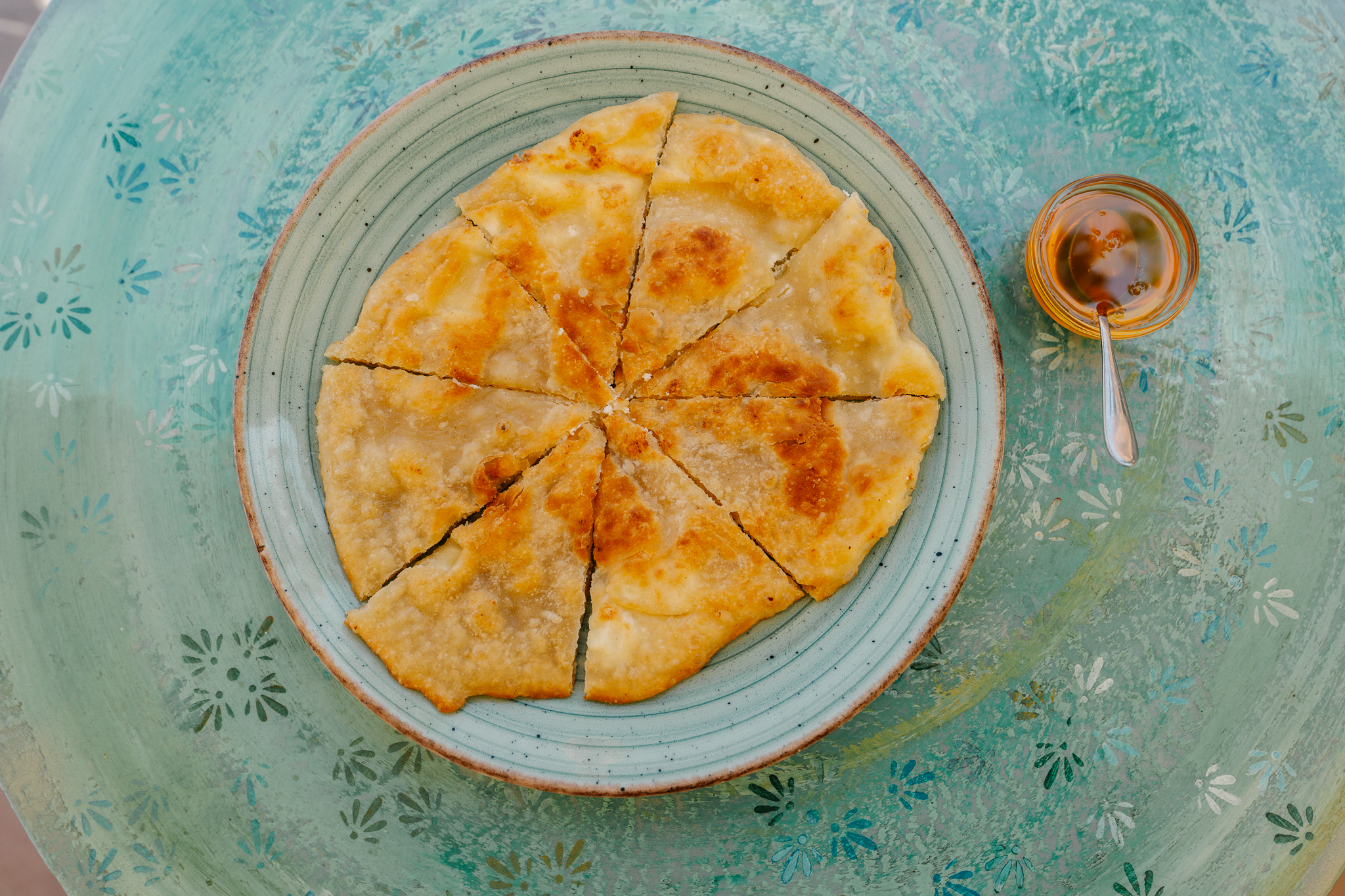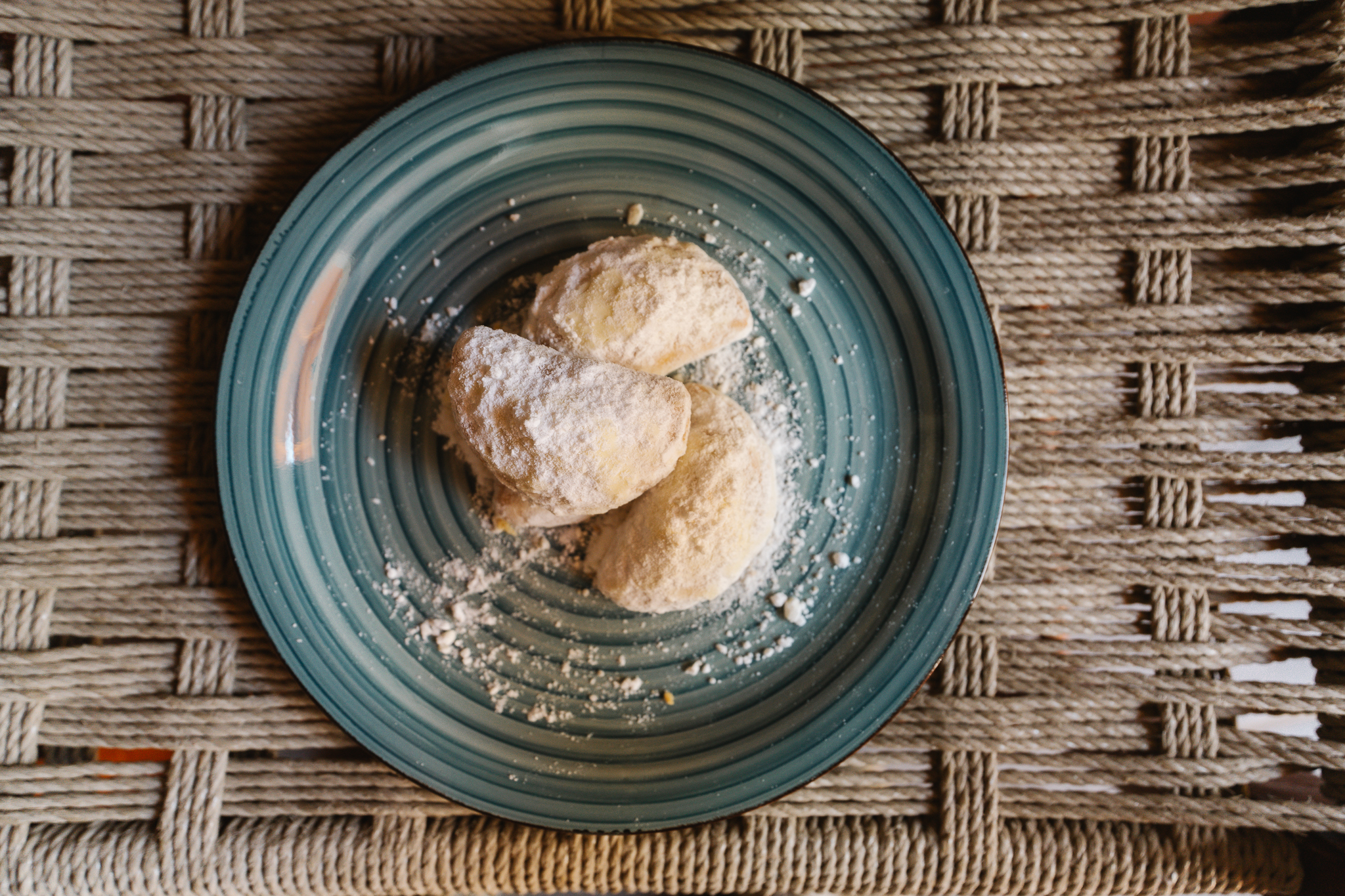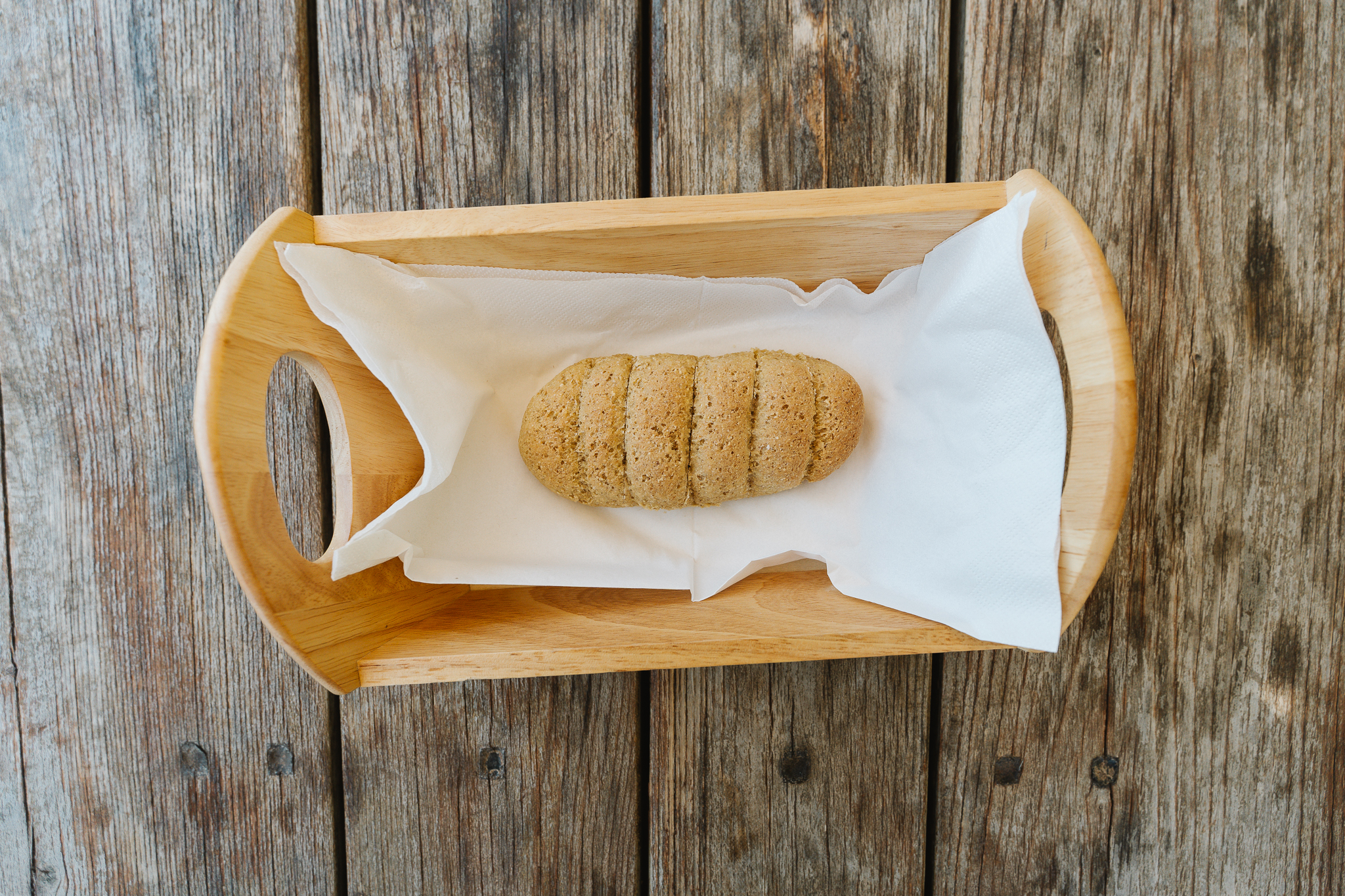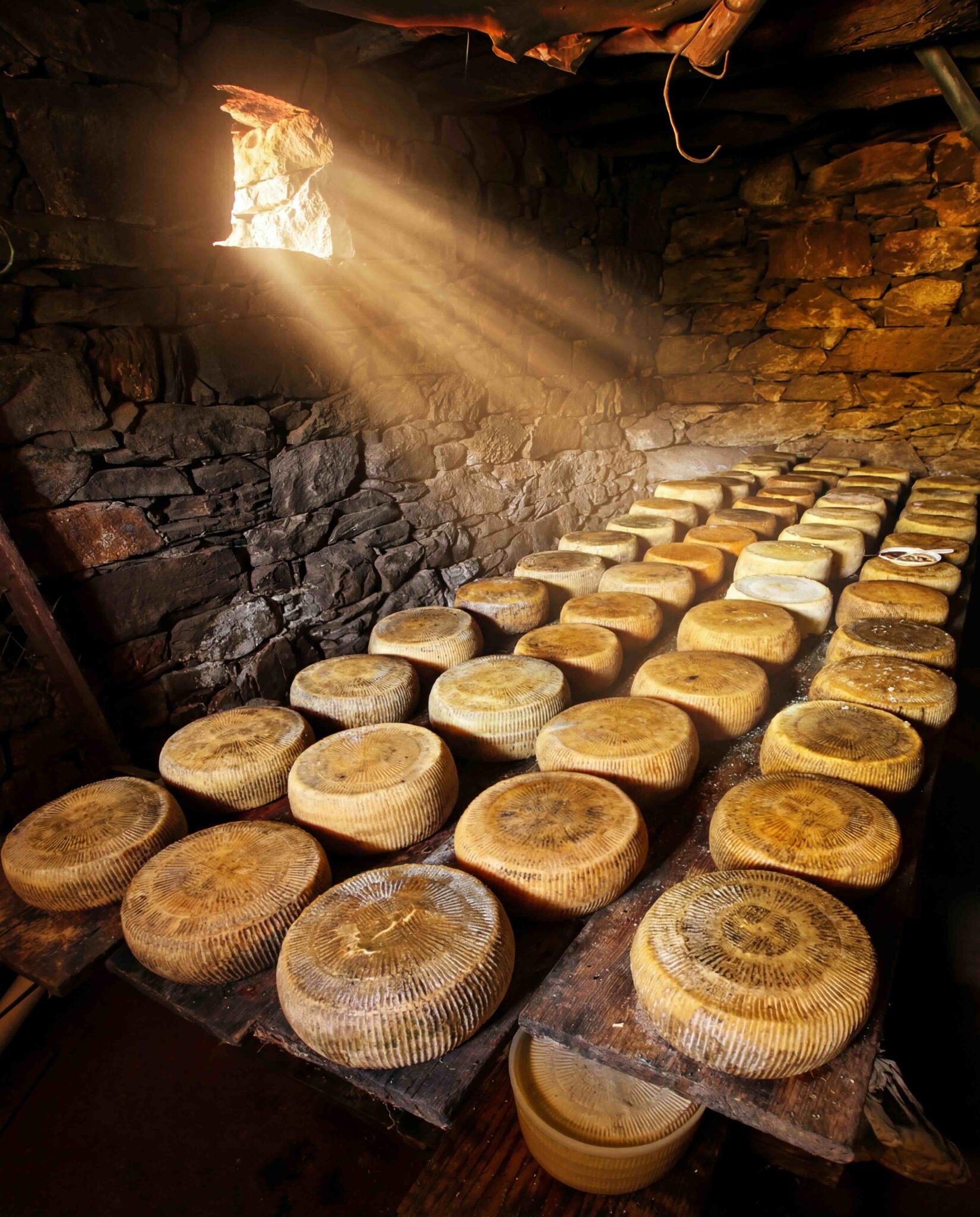Lasithi is a region defined by contrasts, both in its landscape and its cuisine. On one side, there lies the mountainous region with the legendary Lasithi and Katharo Plateaus. On the other, the coastal zone stretches from Agios Nikolaos to Sitia, all the way to Ierapetra, the southernmost city in Europe. Known as “Europe’s largest greenhouse,” Ierapetra is a major hub for agriculture, producing both traditional and exotic crops. Some 27% of Greece’s total vegetables are produced here, while the area accounts for 45% of Crete’s vegetable output.
Lasithi’s rich culinary tradition is also rooted in its dairy heritage, with large flocks of sheep contributing to the creation of unique cheeses, like the famous PDO Xygalo of Sitia. The nearby Libyan Sea provides an abundance of seafood, forming the basis for uncommon Cretan dishes such as Libyan fish soup (kakavia) and grouper with okra. The region’s wild greens are skillfully paired with rare legumes like manarolia and asprokolia. The renowned potatoes of the Lasithi Plateau have recently been joined by strawberry crops, while fragrant apples flourish here spectacularly. The area’s wealth of groves produces internationally awarded olive oils and PDO wines as well as tsikoudia (Cretan raki), while distillation festivities held every autumn add to the region’s culinary traditions.
Lasithi’s culinary prowess shines in its pastries, with specialties such as intricate water pies, honey-drenched xerotigana, fluffy kalitsounia made with honey from Selakano, and the region’s celebrated thyme-pine honey. The decadent patouda, a pastry filled with nuts, marks a delicious chapter in local gastronomy.
Local Products
Honey
The famous honey of Lasithi is derived from the pine forests in the southwestern part of the Dikti Mountains, with Selakano as the central hub and the surrounding pine forests of Metaxochori, Symi, Kroustas, Anatoli, and Kalamafka. Beekeepers from across Crete bring their hives here to benefit from the rich grazing grounds. Among the region’s finest varieties is the distinctive PDO thyme-pine honey, a product recognized across all four Cretan regions. This honey is a natural fusion of thyme’s floral aroma and pine’s subtle taste, prized for its health benefits, including promoting heart health, soothing stomach ulcers, and supporting overall wellbeing.
Xygalo
Xygalo of Sitia is a flavorful traditional cheese made from sheep’s or goat’s milk. Soft, spreadable, and slightly tangy with a delicate aroma, it is commonly served as a meze on barley rusks or with tomatoes on the classic Cretan dakos. It also complements vegetable dishes like the well-known “sofegada,” stuffed grape leaves (dolmades), and even fried or roasted potatoes.
Lasithi Plateau Apples, Potatoes, and Strawberries
While Lasithi potatoes have long been a staple of the region’s agriculture, new crops have emerged in recent years. Young farmers have adopted innovative cultivation practices, with strawberries being one of the more promising additions. Their growing season now extends well beyond spring, often lasting into summer and sometimes early fall. Apples, particularly the prized firikia variety and tart green apples, are also widely grown on the Lasithi Plateau. These fruits are celebrated for their exceptional flavor and unique aroma, a result of the plateau’s distinct microclimate.
Tsikoudia or Raki
Tsikoudia, or raki, is a clear, single-distilled spirit internationally known and associated with Crete’s hospitable spirit and daily social life. Cretan vine growers were granted the exclusive right to produce this spirit in 1917 by decision of Eleftherios Venizelos. In 1989, a regulation on spirits was passed, in which the Turks registered the name “raki,” and the Greeks registered the names Tsipouro of Tyrnavos, Tsipouro of Macedonia, Tsipouro of Thessaly, and Tsikoudia of Crete. The word “tsikoudia” comes from “tsikoudo,” the plural of “tsikouda,” a variation of the word “kokkoi” or “koukouda” or “koukoutsia” (seeds). It is made from the pomace, or “stemfyla” or “tsipoura,” the residue of pressed grapes. The home distillation of alcoholic beverages is not legal today. However, it is carried out in “kazania,” special facilities licensed by the state, ever since the custom of the rakokazano was institutionalized by Eleftherios Venizelos in 1920. The famous “kazanimata” is a unique celebration around which the community gathers, serving as an occasion for a fall feast, a prelude to the great winter festivities.
Aloe
Aloe Vera, the healing succulent often mistaken for a cactus but actually part of the lily family, flourishes in Crete’s warm, dry climate. Celebrated for its medicinal properties since ancient times–particularly for treating burns and wounds–aloe has been valued by many cultures. Alexander the Great’s army carried it on campaigns, viewing it as a natural, portable pharmacy. The main variety grown in Crete is Aloe Barbadensis Miller, widely used in cosmetics, pharmaceuticals, and dietary supplements, with numerous scientific studies supporting its health benefits.
Olive Oil
The expansive olive groves of Lasithi yield some of Greece’s finest extra virgin olive oils. The PDO Sitia Lasithiou Kritis, made from the Koroneiki variety, is especially renowned for its fruity flavor and low acidity, and is exported globally, while the extra virgin olive oil from the village of Kritsa in Sitia has received numerous international awards. Many olive groves are cultivated organically, enhancing the product’s value. Lasithi is also home to Europe’s oldest olive tree, which has “witnessed” the rise and fall of the Minoan civilization. It still stands in the ancient olive grove of the sacred Azoria Forest in Kavousi, offering visitors a rare and unforgettable experience.
Recipes from Lasithi
Cretan Sofegada
A delectable mix of vegetables and herbs, often fresh from the garden, simmered in extra virgin olive oil. The choice and quantity of vegetables depend on what’s available and the cook’s creativity. Typical ingredients include amaranth greens, zucchini, zucchini blossoms, green beans, fresh and dried onions, tomatoes, lemon verbena, mint, basil, and more. In eastern Crete, this dish is called “sofegada,” while in the west, it’s known as “sympetherio.”
Nerates Mizithropites
Fried pies stuffed with sour mizithra cheese, known for the tricky technique used to roll out the dough, which is a thick batter. A small ball of sour mizithra is placed in the center of the dough, which is then stretched by hand into a 20 cm disk while frying. These pies are named “nerates” because the cook’s hands must remain wet to prevent the dough from sticking while shaping.
Patouda
A traditional festive treat from Lasithi, these pastries are shaped into half-moons, rounds, or long rolls. The dough, flavored with sugar, orange, and lemon, encases a filling of mixed nuts seasoned with spices. After baking, the pastries are drizzled with rosewater and generously dusted with powdered sugar.
Skioufichta
These traditional, hand-rolled Cretan pasta are among the most famous in the region’s cuisine. Small pieces of fresh dough are rolled into long ropes, then pressed with three fingers to create indentations while twisting the dough. Firm in texture, they’re served with hot, fresh butter or stakovoutyro, and sprinkled with grated dried myzithra cheese.
Soumada of Neapolis
A traditional celebratory drink from Neapolis, made from abundant almonds. Blanched almonds are ground with water, strained through cheesecloth, and then combined with water and sugar. The mixture is simmered into a syrup and served diluted with water.
Eftazymo Bread (Kroustas, Kastamonitsa)
This delicious bread is made using a difficult-to-make dough that ferments naturally without yeast, relying on the foam formed from crushed chickpeas left to ferment in water with bay leaves. The fermentation process gives it a unique flavor. Eftazymo bread is famous across eastern Crete, particularly in the villages of Kroustas and Kastamonitsa, where it is celebrated with festivals every August.



